History
Beginner
The Penguin History of Modern Russia: From Tsarism to the Twenty-first Century
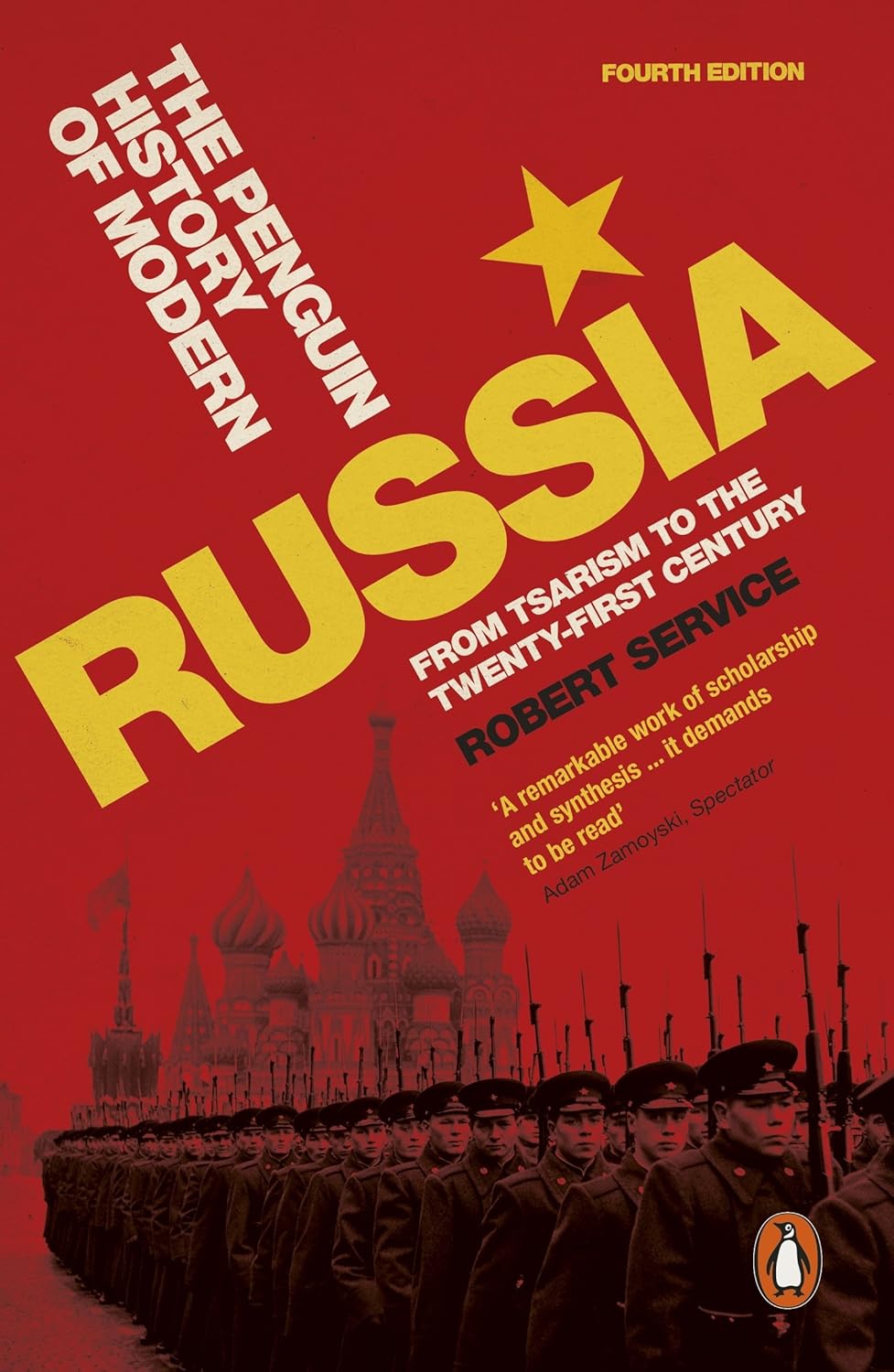
This book manages to provide a broad history of Russia from the late Tsarist period to the post-Soviet era without ending up being superficial. It explores key events such as the Russian Revolution, Stalin’s rule, the Cold War, and the collapse of the Soviet Union, as well as Russia’s challenges in the 21st century. By balancing political, economic, and social history, it provides an overview of the evolution of modern Russia. The accessible stile ensures that it's engaging, digestible and an excellent first read.
A Concise History of Russia
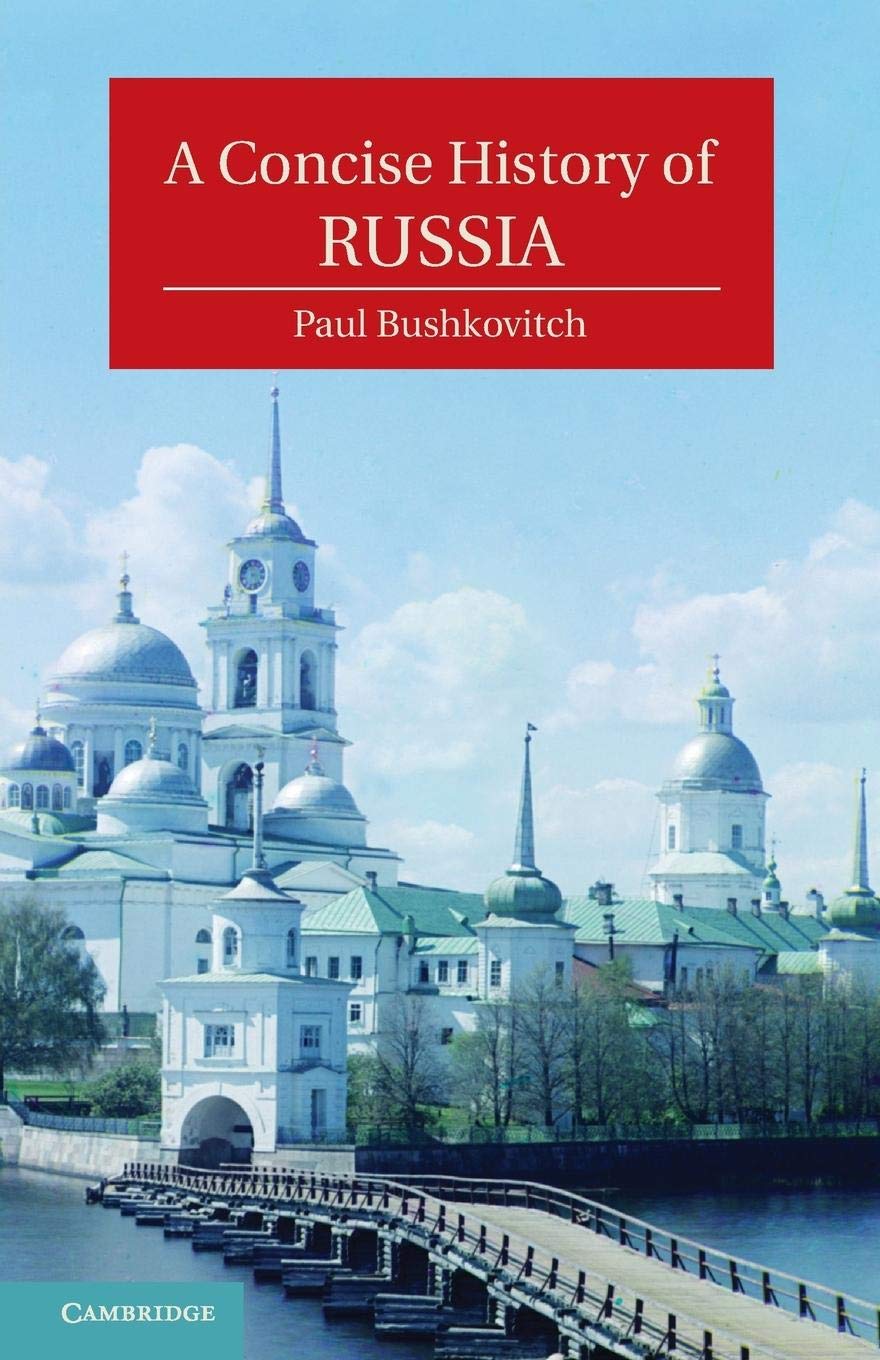
This book offers a streamlined overview of Russia's history from its early origins to the present. Paul Bushkovitch covers major political, cultural, and social developments, highlighting key figures and events that shaped the nation. Unlike some histories that focus heavily on political elites, this book also explores cultural and economic transformations.
The Soviet Experiment: Russia, the USSR, and the Successor States
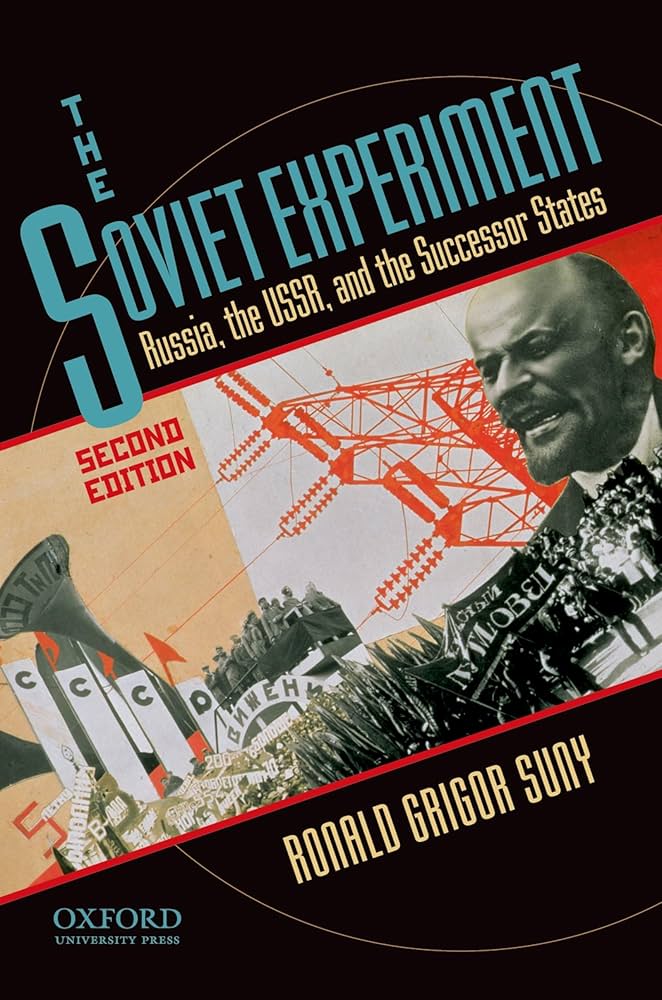
While this book is written in a more scholarly manner when compared to "The Penguin History of Modern Russia", it's still an accessible examination of the Soviet Union from its formation in 1917 to its collapse in 1991. The author explores political, economic, and social aspects of Soviet history, analyzing how ideology, leadership, and global pressures shaped the USSR’s rise and fall.
Russia: A 1,000-Year Chronicle of the Wild East
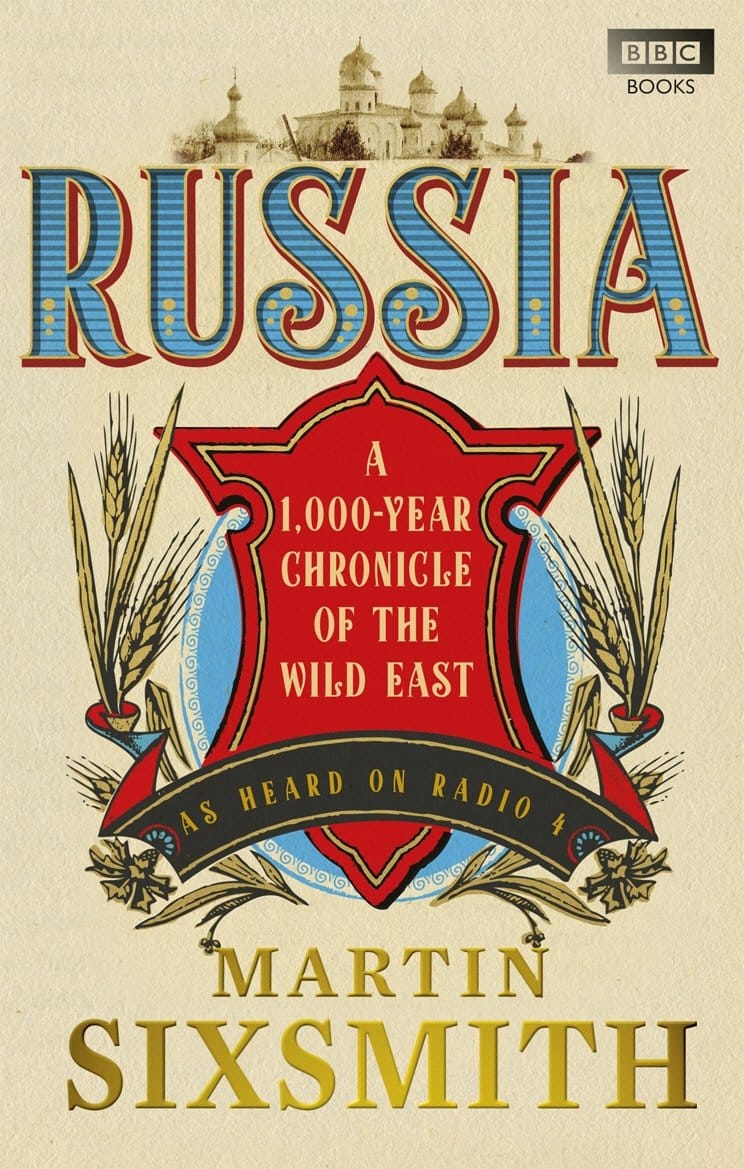
This book presents a narrative-driven history of Russia, covering its evolution from medieval times to the modern era. Sixsmith blends political events with cultural and social history, highlighting Russia’s struggles with autocracy, reform, revolution, and war. The book reads like more like a story than anything else, trying to ease the reader into Russian history through descriptions and compelling storytelling.
Forged in War: A Military History of Russia from its Beginnings to Today
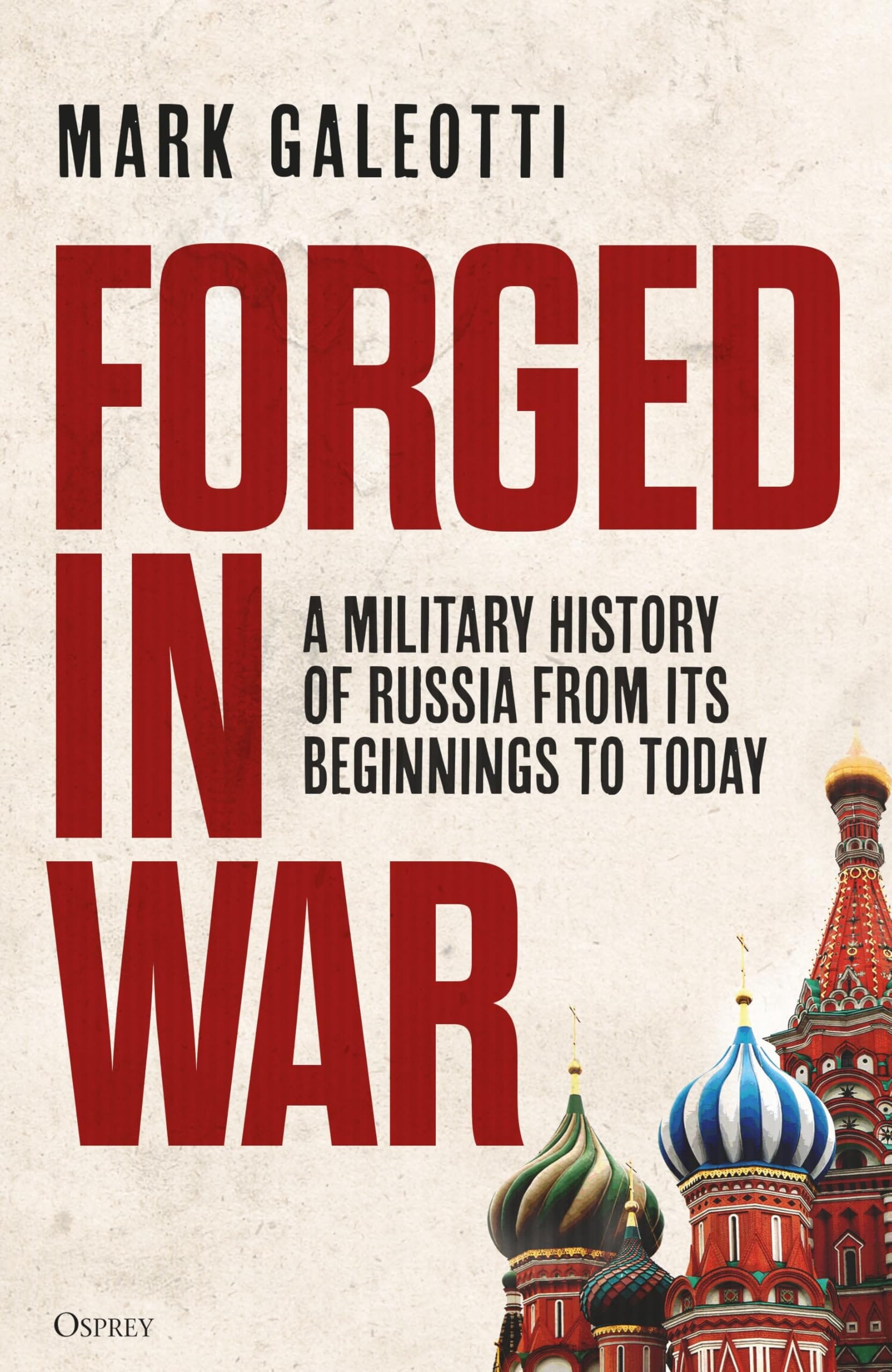
"Forged in War: A Military History of Russia from its Beginnings to Today" is more than just a history of Russia, from the Kievan Rus to today. It's an analysis on how conflict and combat have shaped Russia's identity and evolution over centuries.
Galeotti illuminates the interconnected forces of geography, culture, and politics that have defined Russia’s approach to warfare. Drawing on both historical records and modern analysis, he reveals patterns and lessons that continue to inform the Kremlin’s strategic thinking - even today, in Ukraine and Africa.
Russia: Myths and Realities
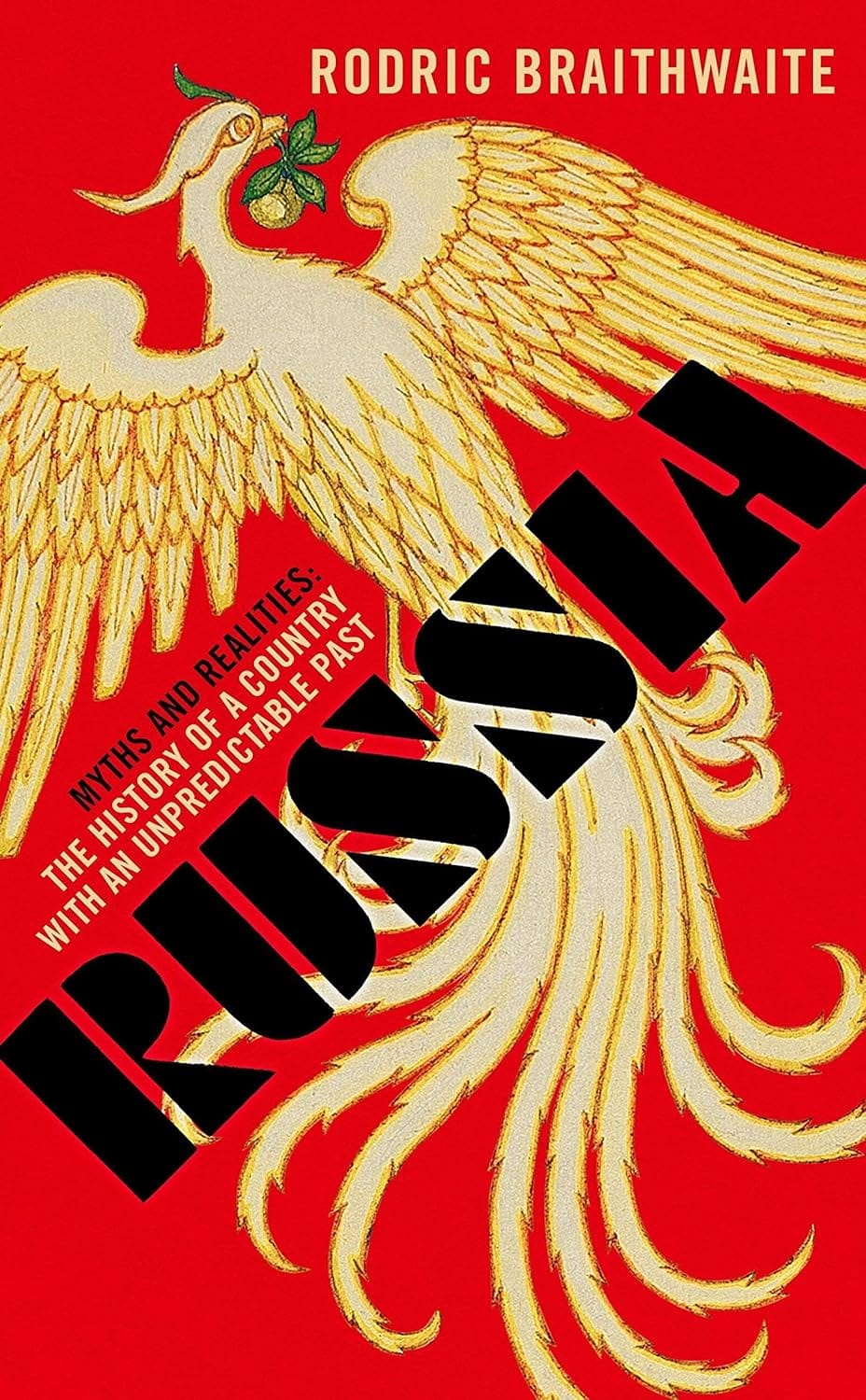
Rodric Braithwaite’s "Russia: Myths and Realities" is an excellent introduction to the country's complex history and how Russian identity changed and evolved over time.
The author spent several years in Moscow as British ambassador, witnessing the fall of the Soviet Union and the rise of the Russian Federation. This helps him weaving historical context with political and cultural observations, ultimately highlighting how Russia's past continues to shape it's present.
By examining pivotal events, influential leaders, as well as everyday life, Braithwaite challenges overly simplistic views of Russia and invites readers to better appreciate its true intricacies. On top of that it's an enjoyable, easy read - one that provides groundwork for further studies.
Intermediate
The Last Empire: The Final Days of the Soviet Union
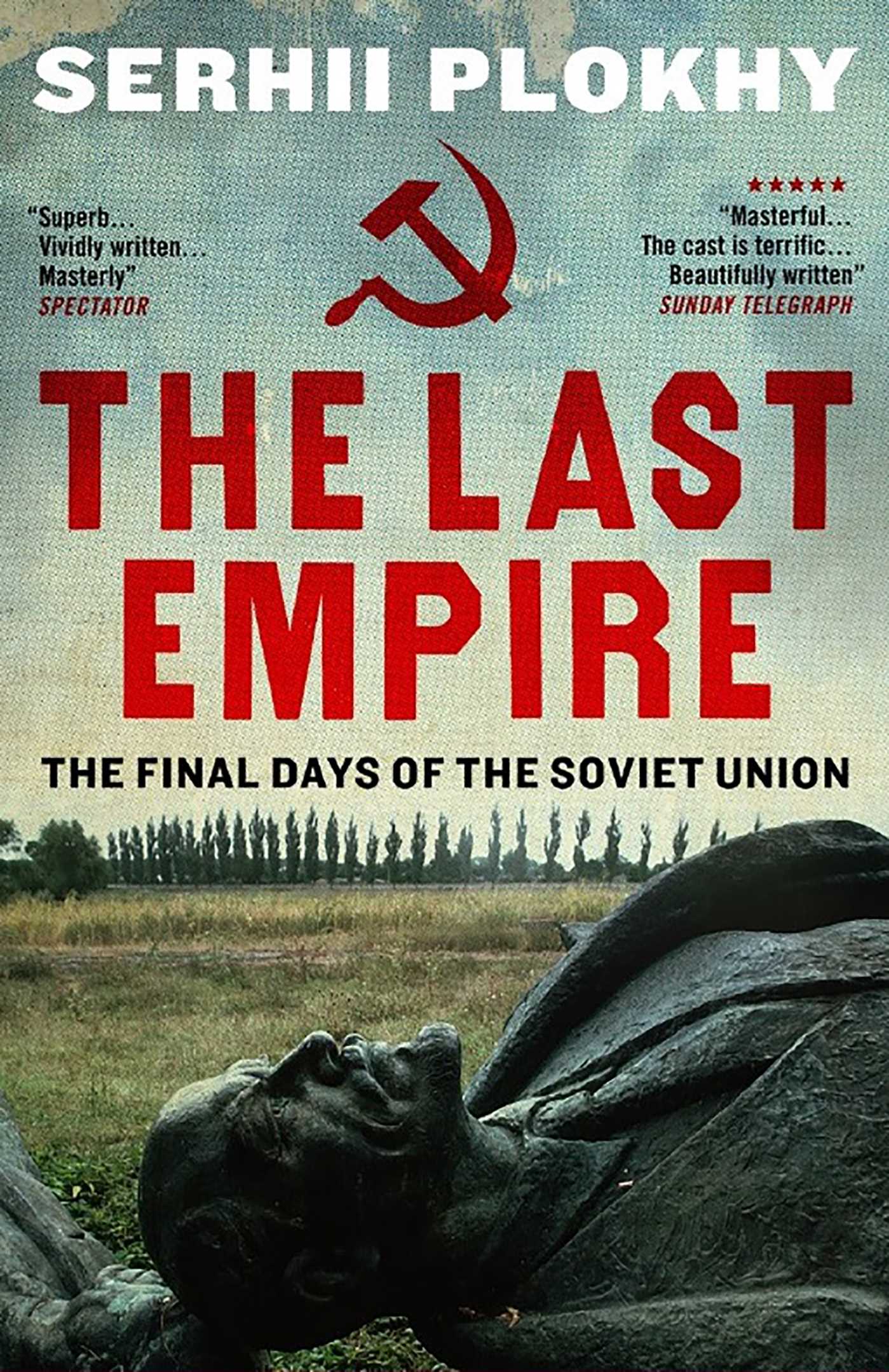
The Last Empire provides a detailed account of the final months of the Soviet Union, focusing on the key political figures and decisions that led to its collapse. Serhii Plokhy examines the roles of Mikhail Gorbachev, Boris Yeltsin, and U.S. President George H.W. Bush, and analyzes how internal power struggles and international pressure shaped the end of the USSR and its dissolution.
Plokhy does a good job offering a detailed analysis that stays relatively accessible nonetheless. However, a basic understanding of the Soviet Union and Cold War history is highly recommended in order to not have to check other sources every few pages.
Collapse: The Fall of the Soviet Union
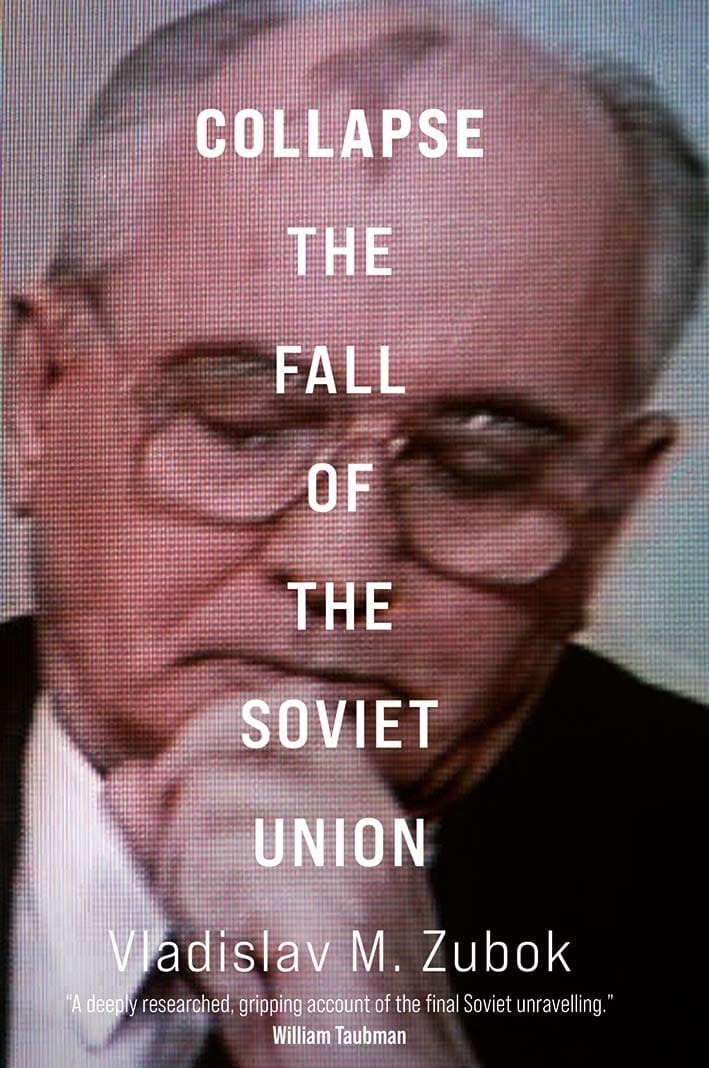
While "The Last Empire" looks more at what happened in the last months of the Soviet Union, "Collapse" provides an examination of why the Soviet Union fell apart, focusing on economic mismanagement, political instability, and ideological decline. The book challenges simplistic narratives and argues that the fall of the USSR was not inevitable and explores how various internal and external forces contributed to its rapid dissolution.
Moving beyond a simple historical recounting the book engages with the complexities of Soviet decline. This means that a foundation in Soviet history is highly recommended.
Stalin: The Court of the Red Tsar
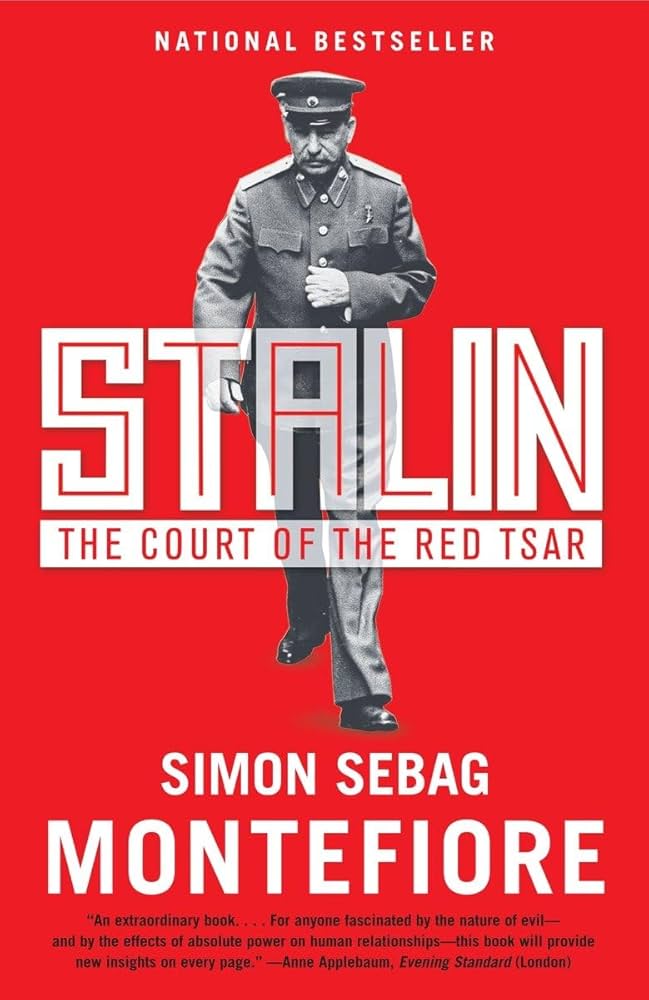
This book provides an intimate look into the life of Joseph Stalin and his inner circle, examining his leadership style, personal relationships, and the mechanisms of power within the Soviet elite - while it indeed is something akin to a biography, it details Stalin’s paranoia, the purges, and the way he maintained control over the USSR through terror, manipulation, and a carefully cultivated cult of personality. All of those things greatly shaped the Soviet Union (and indeed Russia) for decades to come.
If you're just interested in learning about the life of Joseph Stalin, then the book can absolutely be your first. But in order to fully grasp the impact his life and reign had it's vital to know at least something about Soviet history.
Russia: A History
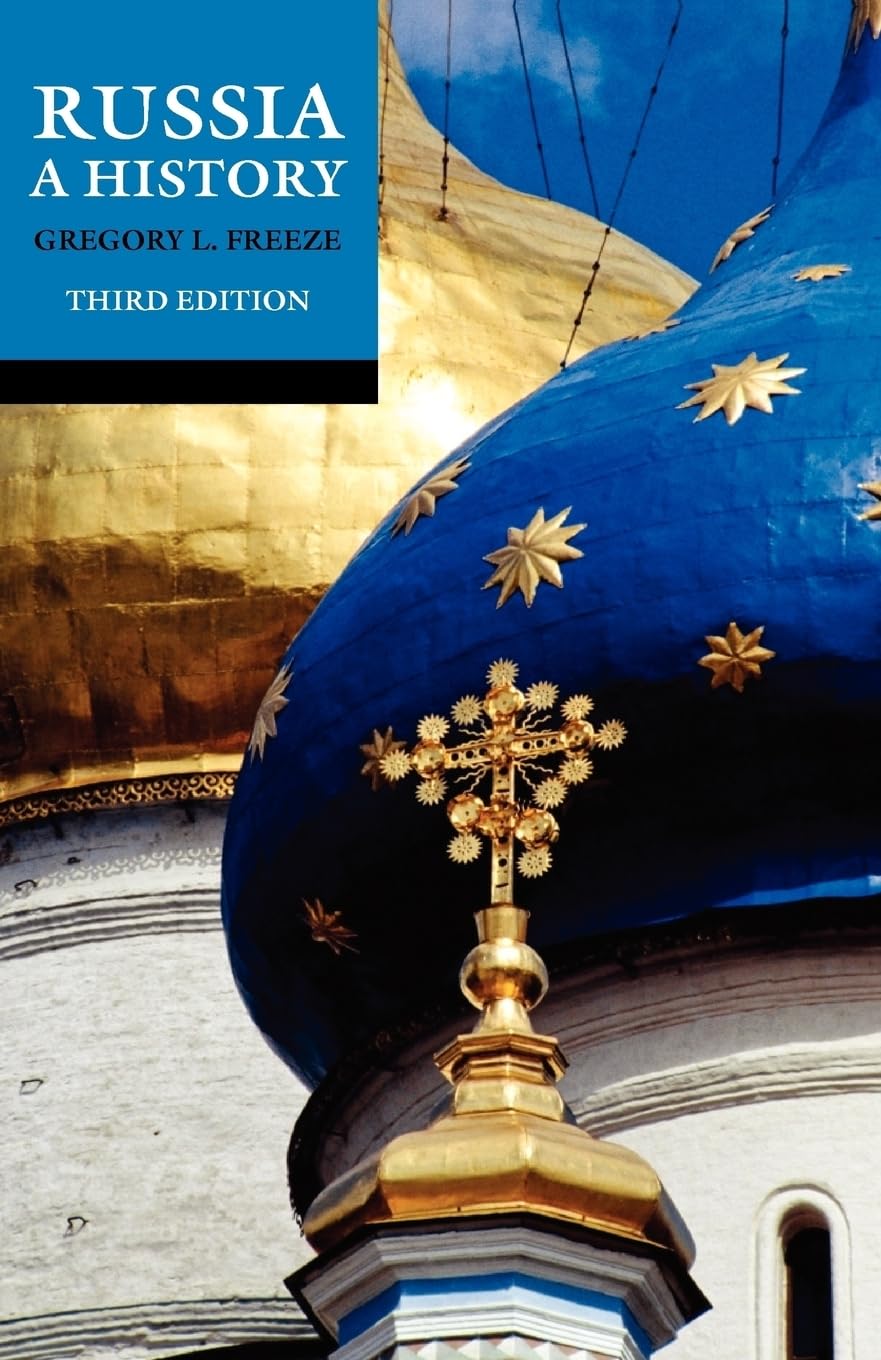
This book provides a broad and balanced overview of Russian history from its earliest origins to the post-Soviet period by bringing together leading historians to analyze key events, political changes, and social transformations across different periods. It covers Russia’s imperial past, the Soviet era, and the transition to modern Russia, offering insights into how historical legacies continue to shape the country today.
Compared to other historical books it offers a more scholarly and analytical approach. While still accessible the authors do assume some familiarity with various aspects of Russian history.
A People’s Tragedy: The Russian Revolution, 1891–1924
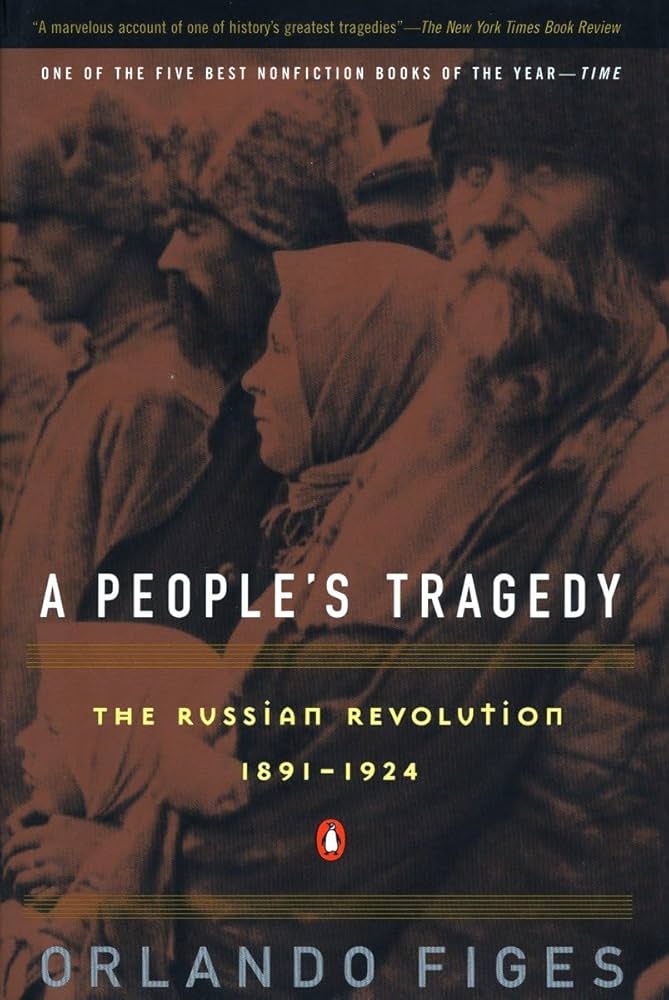
This book covers the years leading up to the collapse of the Tsarist regime, the rise of Bolshevism, and the establishment of Soviet rule. By blending political, social, and personal histories (including firsthand accounts from peasants, workers, and intellectuals as well as leading figures on both sides of the revolition) Orlando Figes argues that the Revolution was not inevitable but was shaped by both deep structural problems and contingent events - and also the absolute ineptitude of the ruling class during crucial moments.
Though the book, through creative storytelling, is engaging it's still a long and detailed read, thus moving beyond introductory texts on the subject.
Russia Under the Old Regime
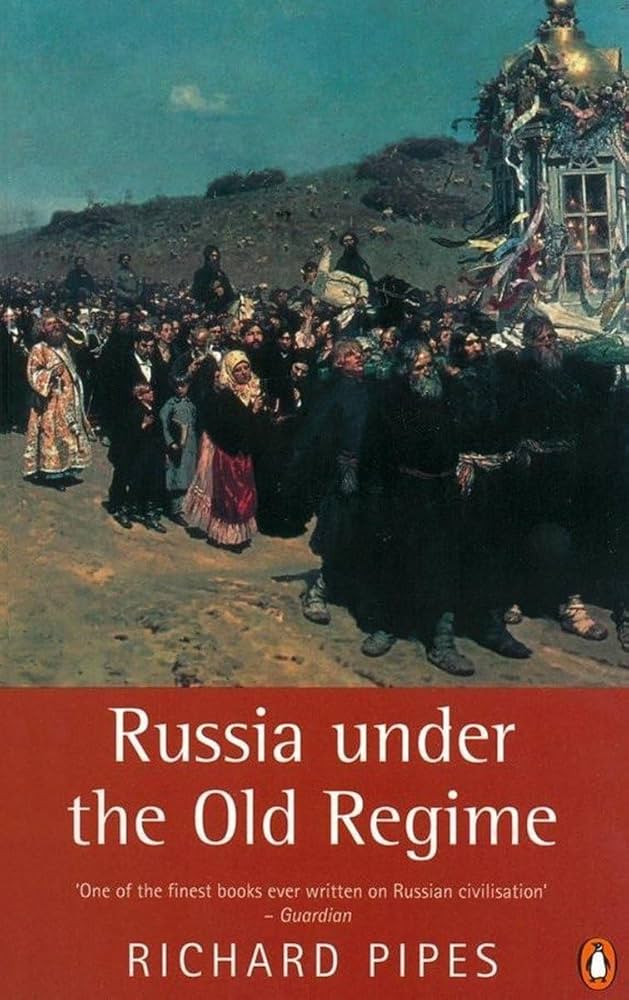
In Russia under the Old Regime, Richard Pipes examines the historical, social, and political structures that shaped Tsarist Russia before the 1917 Revolution. He explores how autocracy, serfdom, and bureaucratic centralization created a rigid and hierarchical society, arguing that Russia’s political culture made democratic reforms difficult - something that seemingly still affects Russia today, which is why this book provides a foundational understanding of Russia's long-standing governance challenges.
The author tries to avoid being overly technical and academical, but nonetheless presents complex arguments about Russian political culture that require both some familiarity with Russian affairs and political science.
The Romanovs: 1613–1918
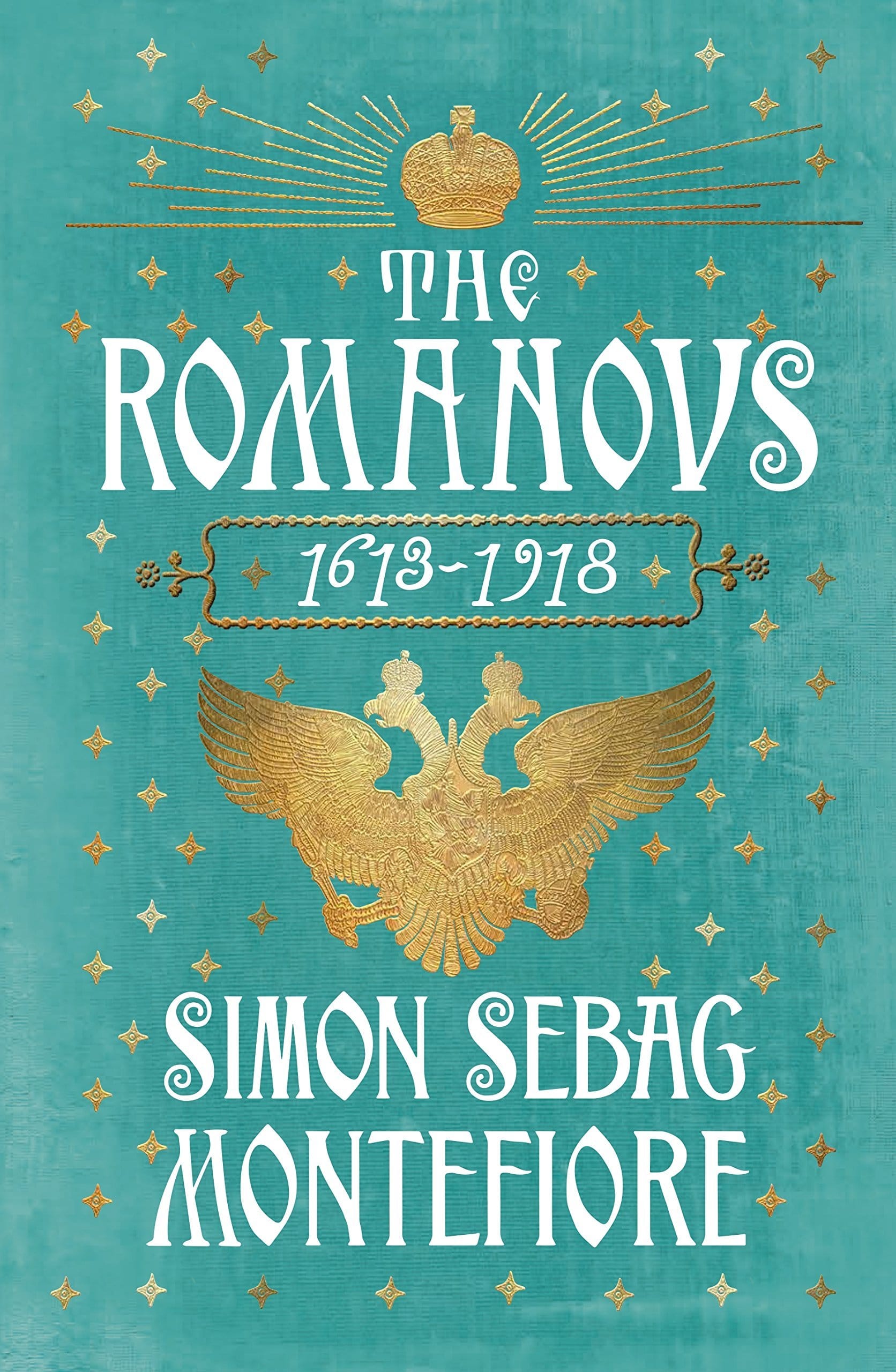
This book chronicles the rise and fall of the Romanov dynasty from 1613 to 1917. The author talks about rulers like Peter the Great, Catherine the Great, and Nicholas II. Instead of simply telling us how history ran its course he looks at the personalities and decisions that shaped Russian history.
As with his book about Joseph Stalin, you can read "The Romanovs" for an introduction to Tsarist history, but you're going to miss some of the important implications of their actions for Russia today.
The Russian Revolution
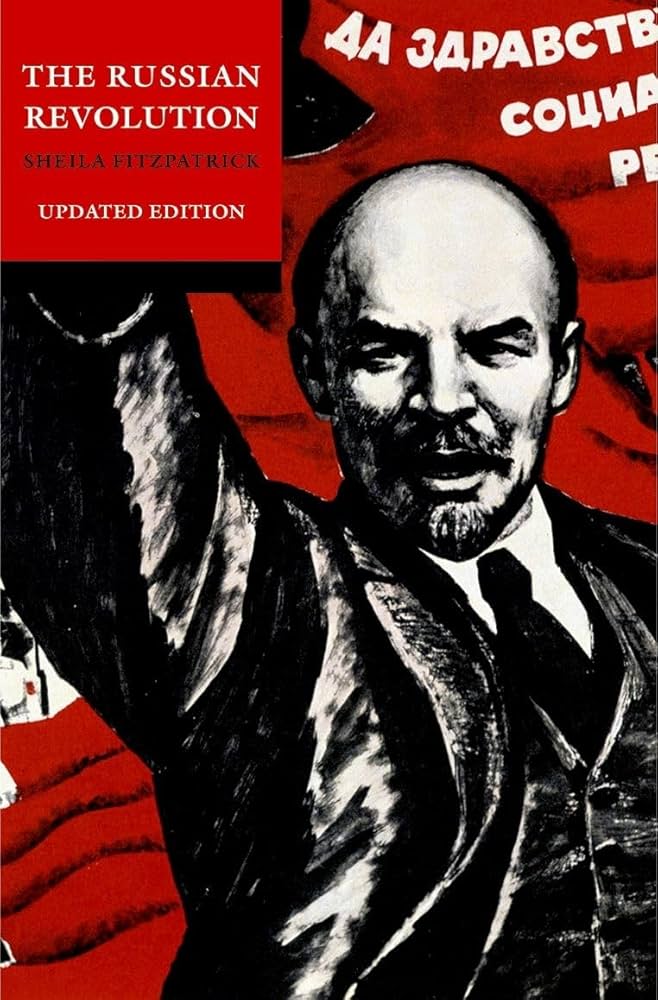
Where "A People's Tragedy" is focused on the events and causes of the Russian revolution on a somewhat personal level, "The Russian Revolution" looks at the key events, social dynamics, and ideological shifts that defined the 1917 Revolution and its aftermath. It examines how Bolshevik policies reshaped Russian society, focusing on class struggle, industrialization, and the role of ordinary people in the revolutionary process.
Advanced
The Cambridge History of Russia
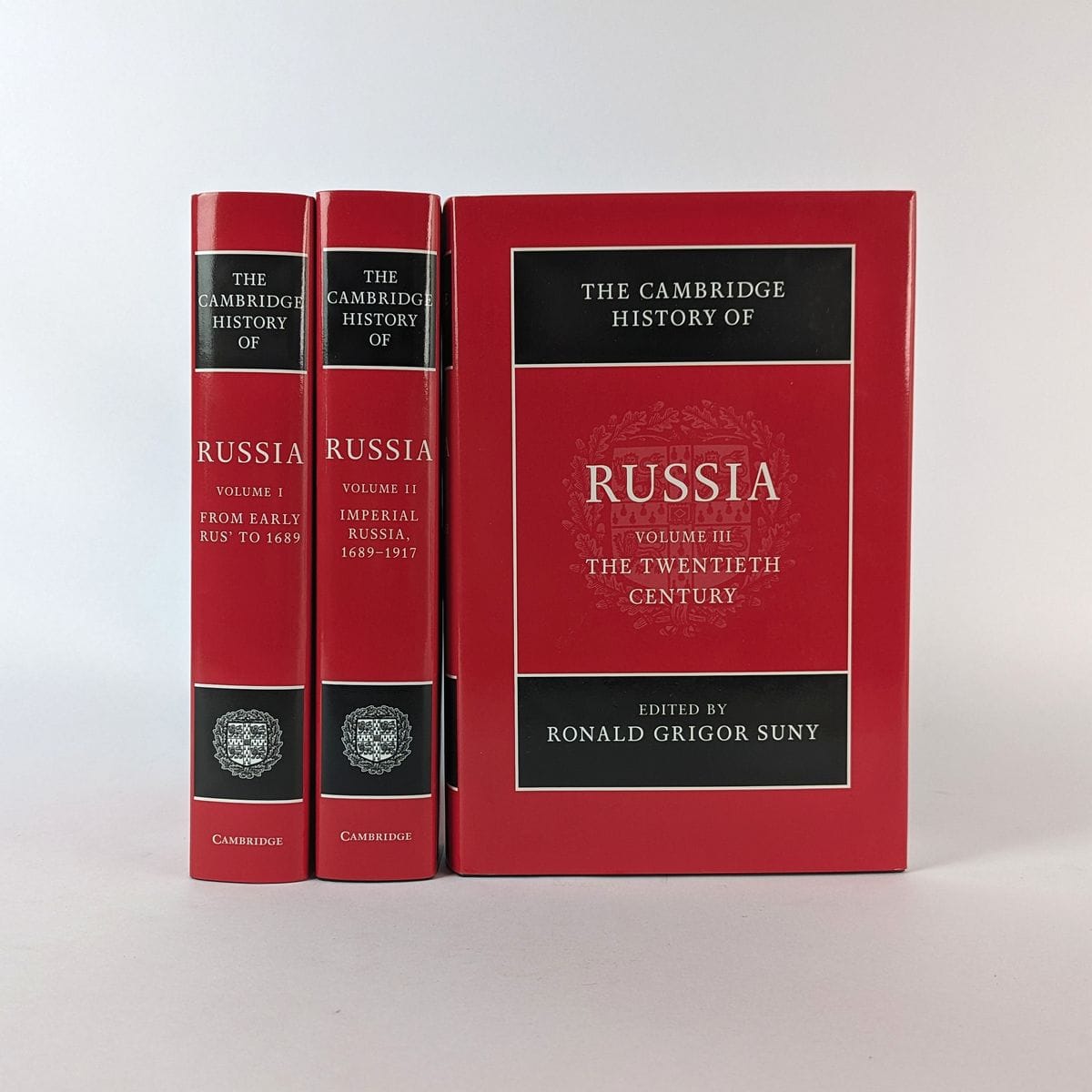
This three-volume work is as close as an authoritative history of Russia until ~2000 as you can find. It covers its political, social, economic, and cultural evolution from the Kievan Rus’ era to the post-Soviet period.
It brings together contributions from top scholars to analyze key developments in Russian history, including imperial expansion, revolution, Soviet rule, and modern geopolitical transformations. Each volume focuses on a distinct period: early Russia, the imperial era, and the Soviet/post-Soviet period.
It might be tempting to use this as a very thorough introduction to Russian history, but that would be borderline masochist. It's designed for scholars, historians, and advanced students of Russian history. It assumes a strong background in historical analysis and familiarity with major debates in Russian history.
The Soviet Century
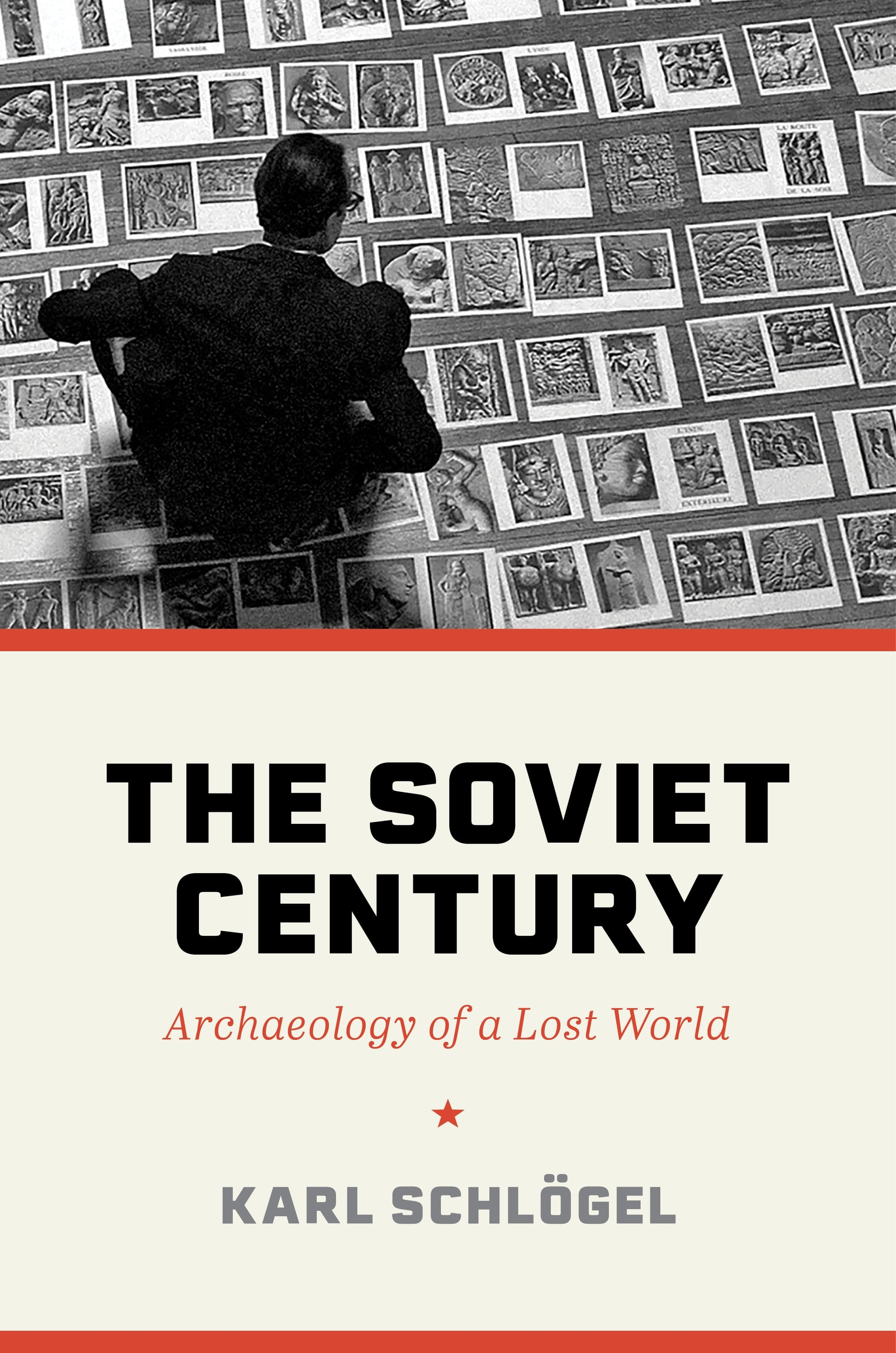
The Soviet Century is an unconventional exploration of Soviet life, focusing not on politics alone but on the material, cultural, and everyday aspects of the Soviet experience. Karl Schlögel reconstructs the Soviet world through its spaces - factories, communal apartments, cities, and infrastructure - showing how ideology was embedded in urban planning, industry, and daily routines.
I consider this book to be advanced not necessarily because of any prerequisite knowledge, but because of the somewhat odd way it's written and the unconventional approach it takes to historical analysis.
The Soviet Tragedy: A History of Socialism in Russia, 1917–1991
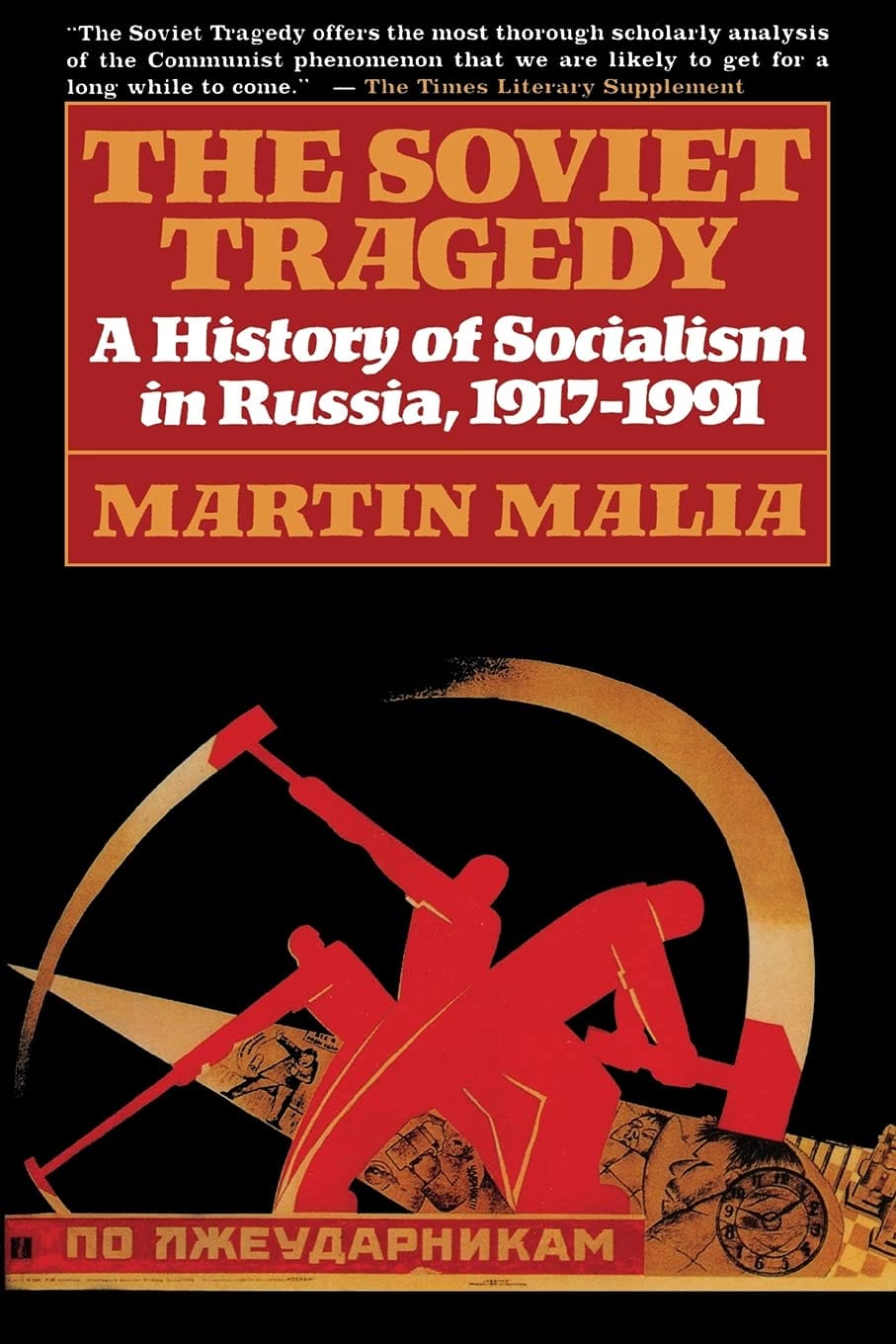
This is another book looking at the rise and fall of the Soviet Union. It argues that its demise was rooted in the fundamental contradictions of Soviet socialism rather than external pressures or policy failures.
This book and the analysis in it is highly intellectual and requires a solid grasp of (ideally Marxist) political theory, Soviet economic policy, and Cold War geopolitics.